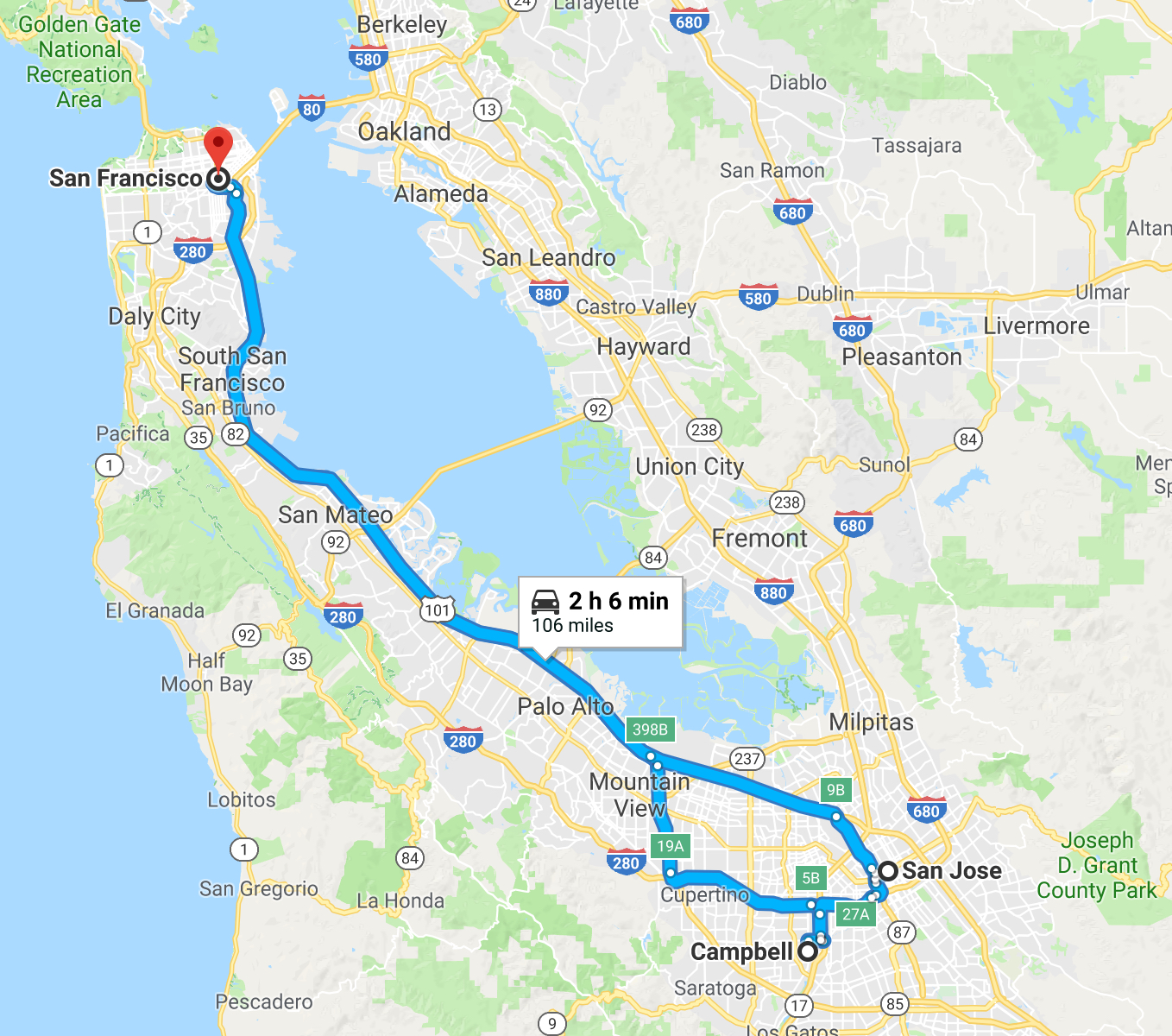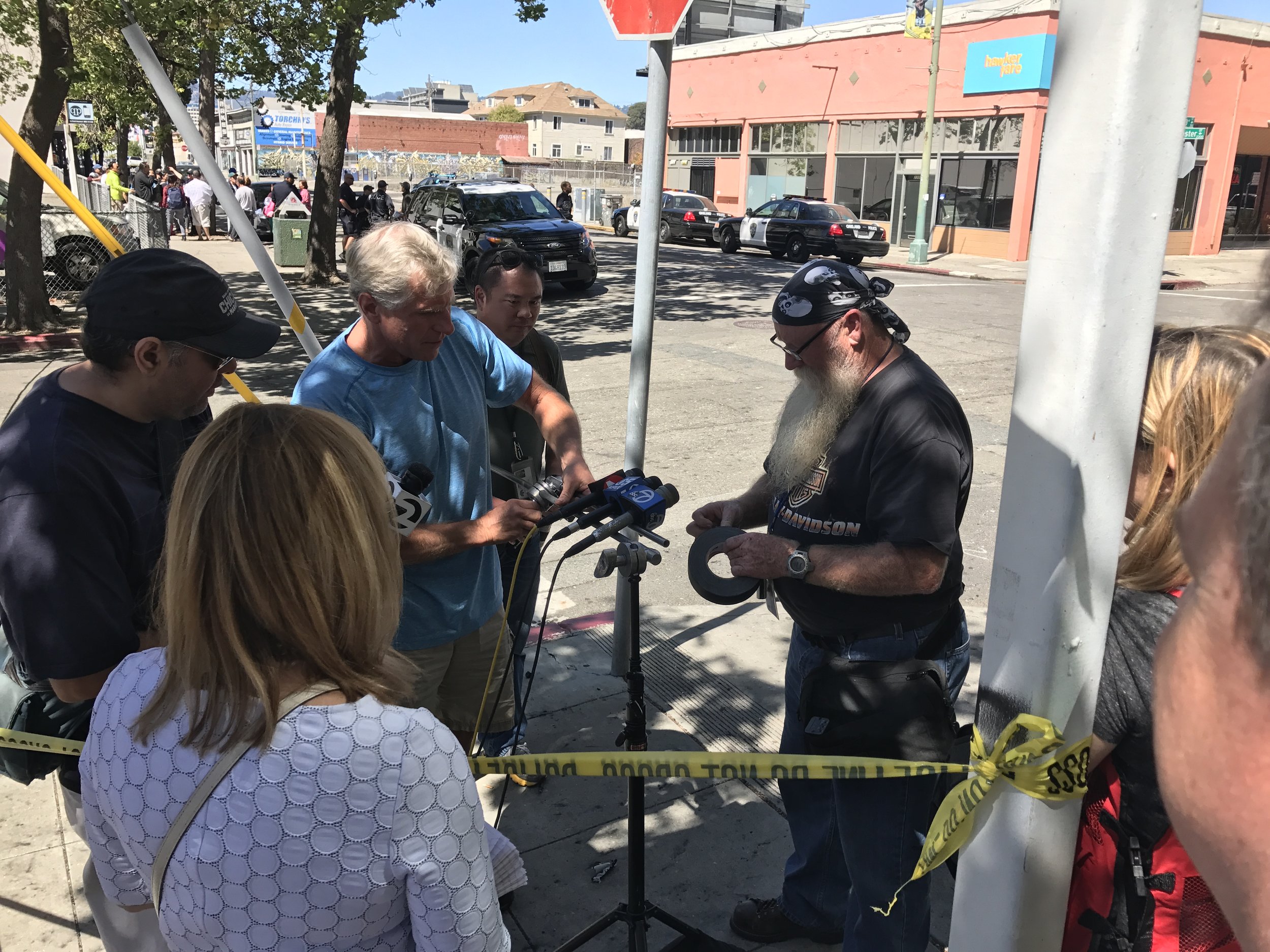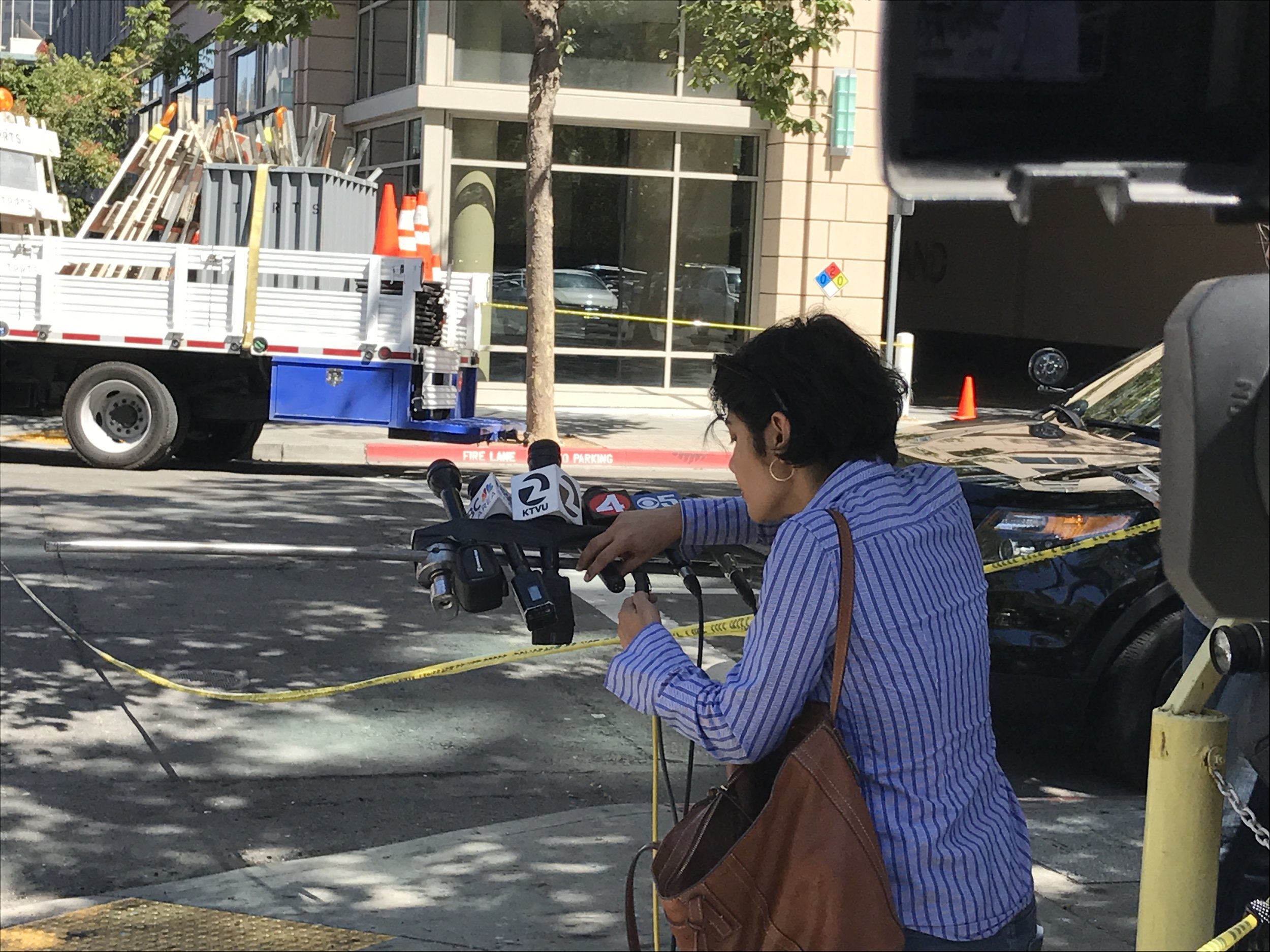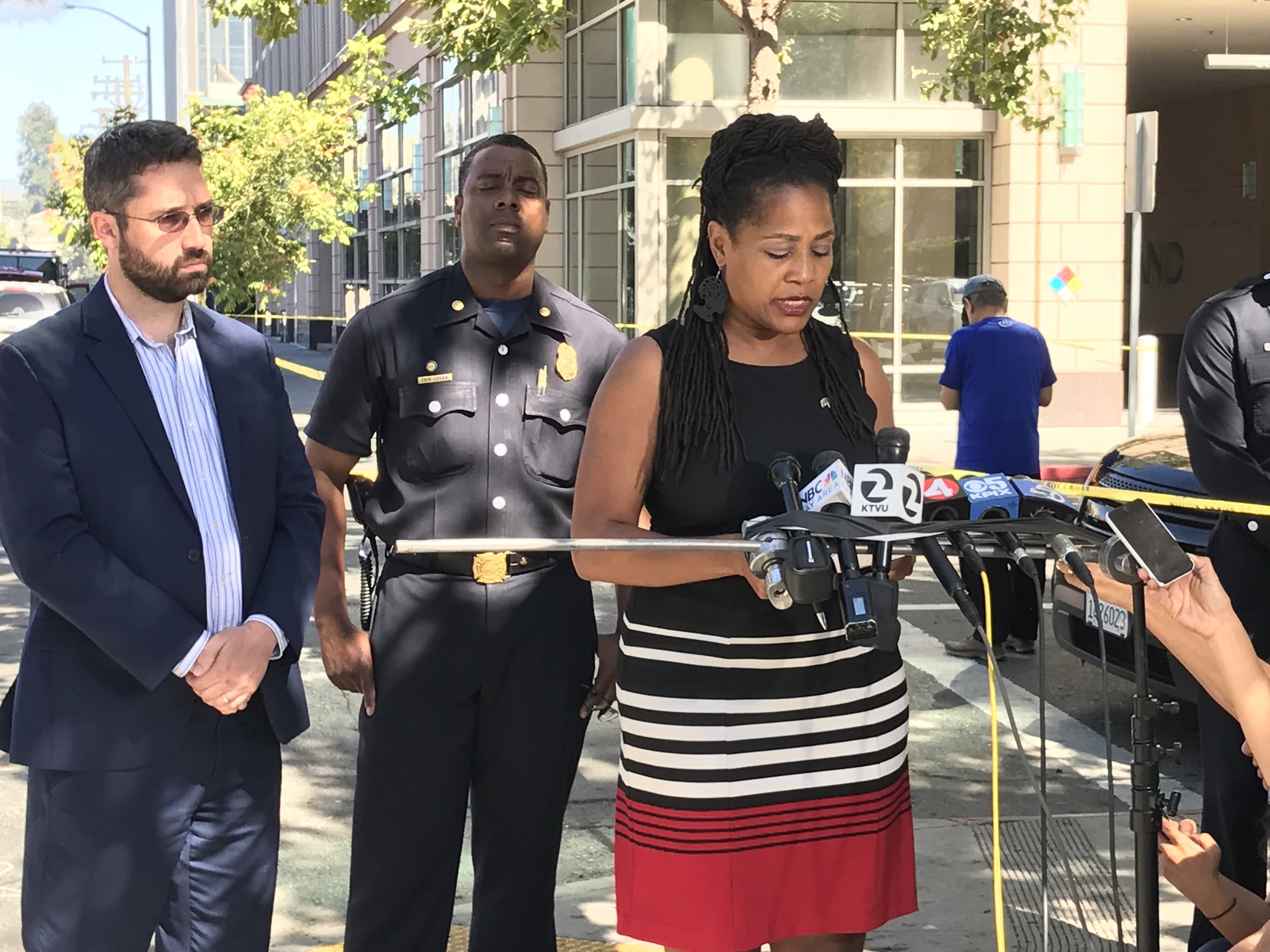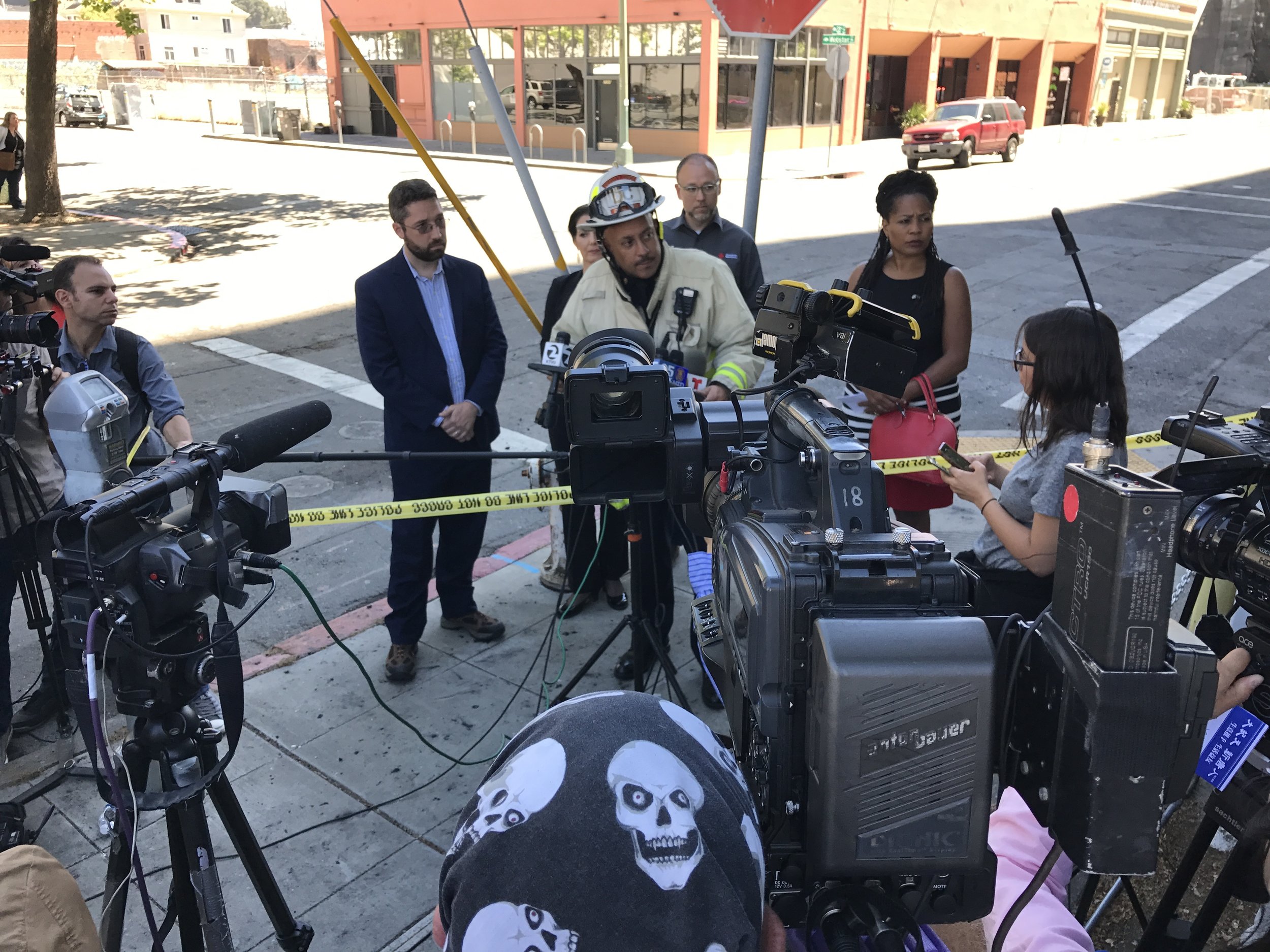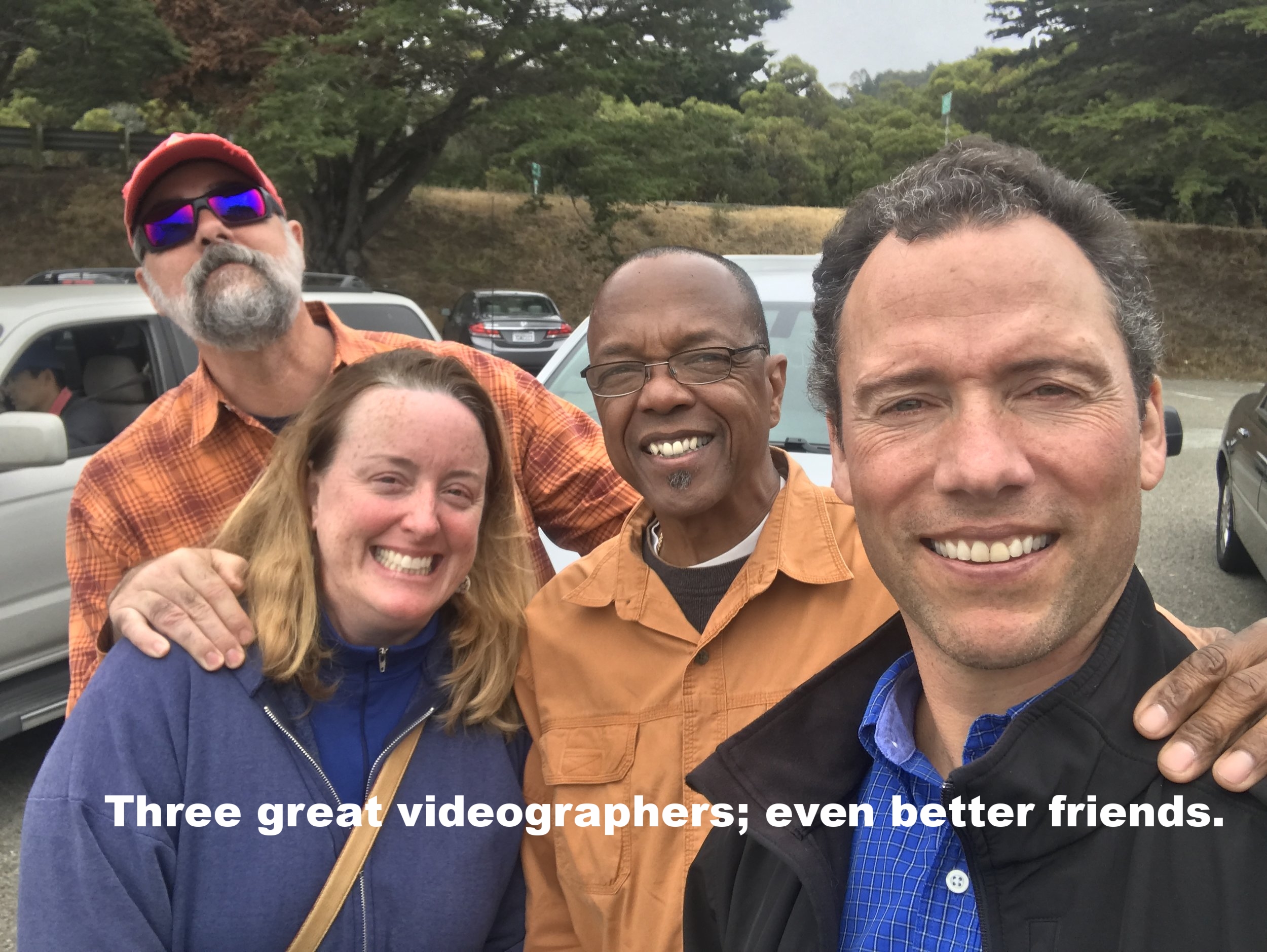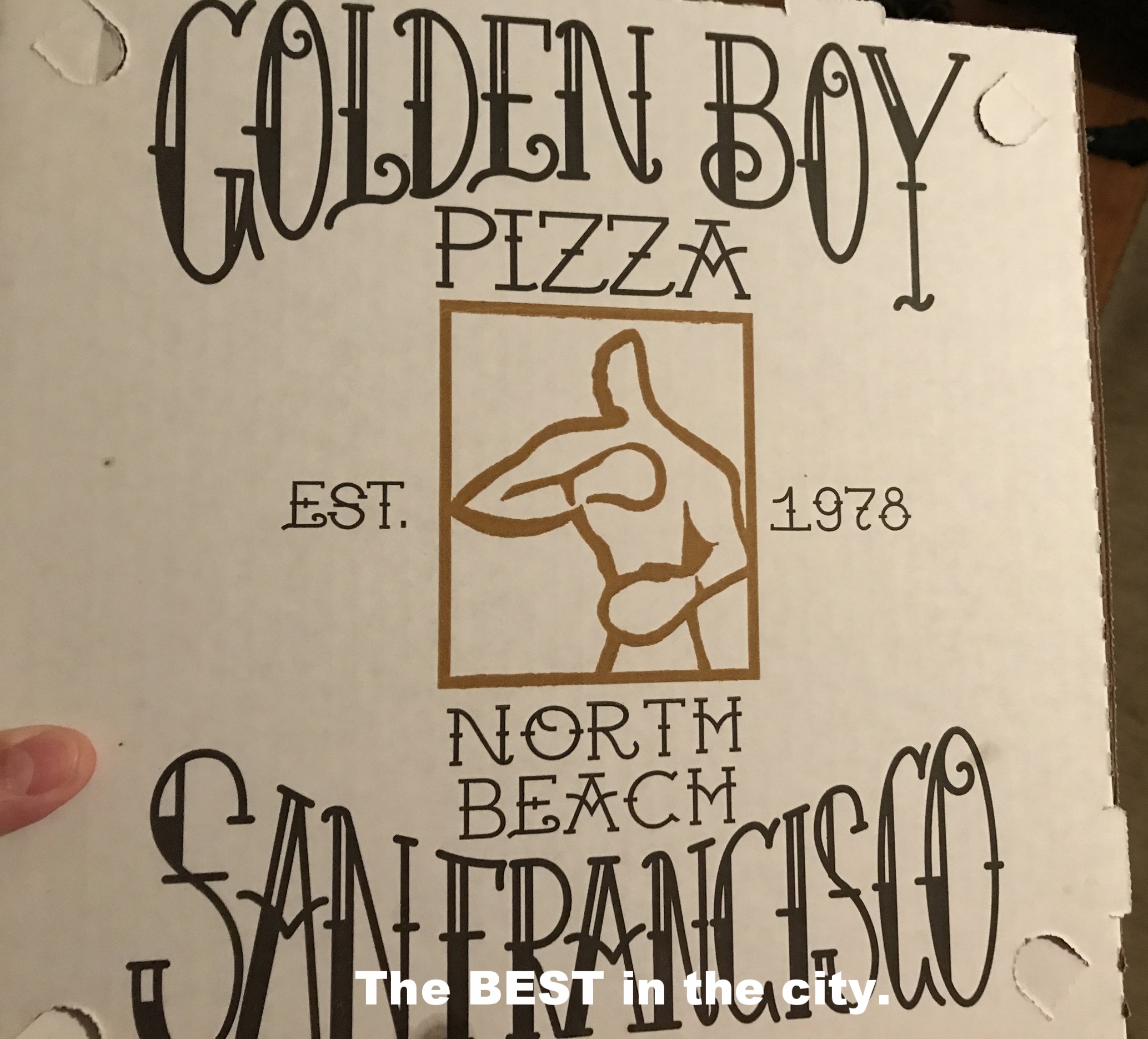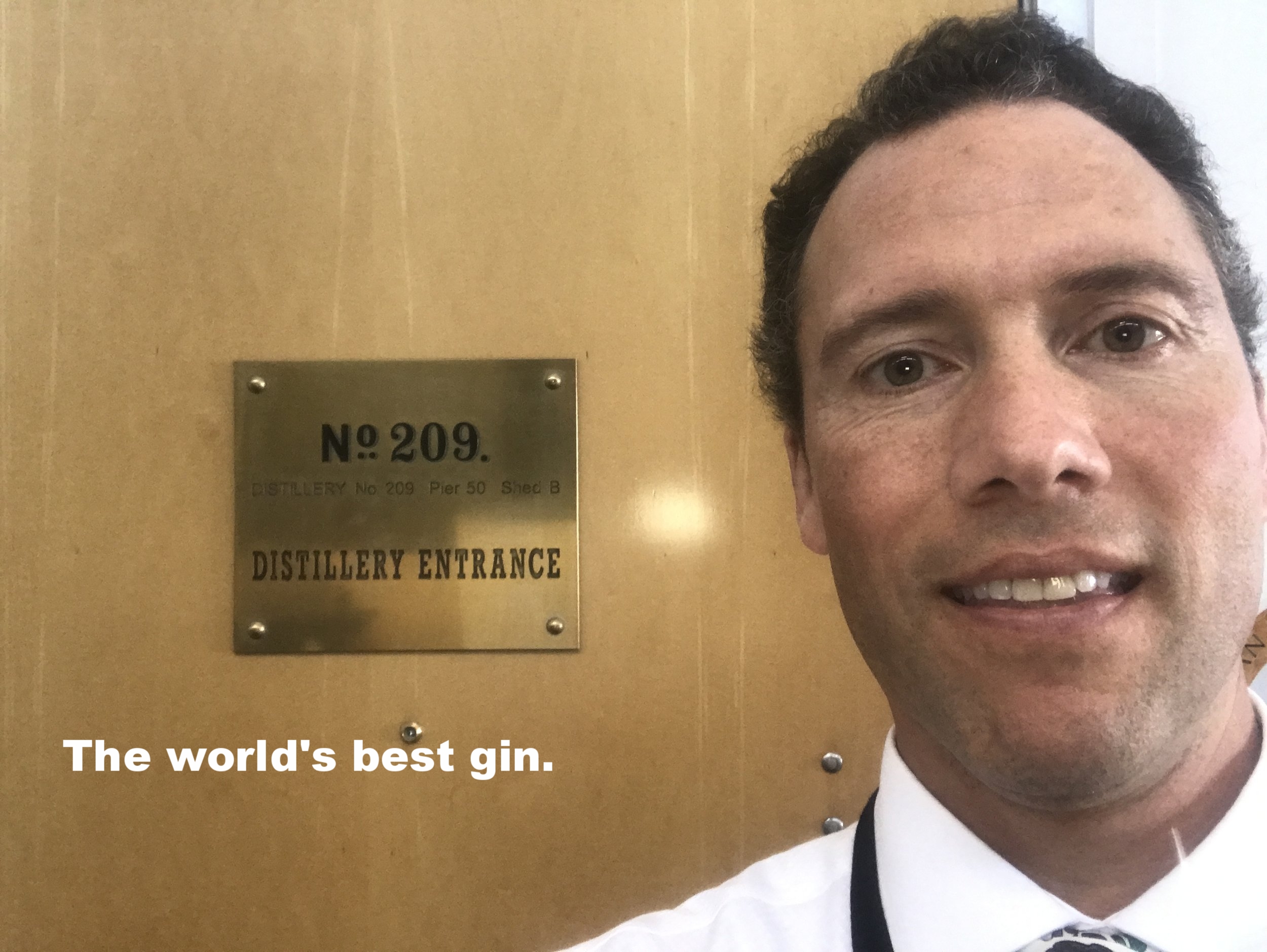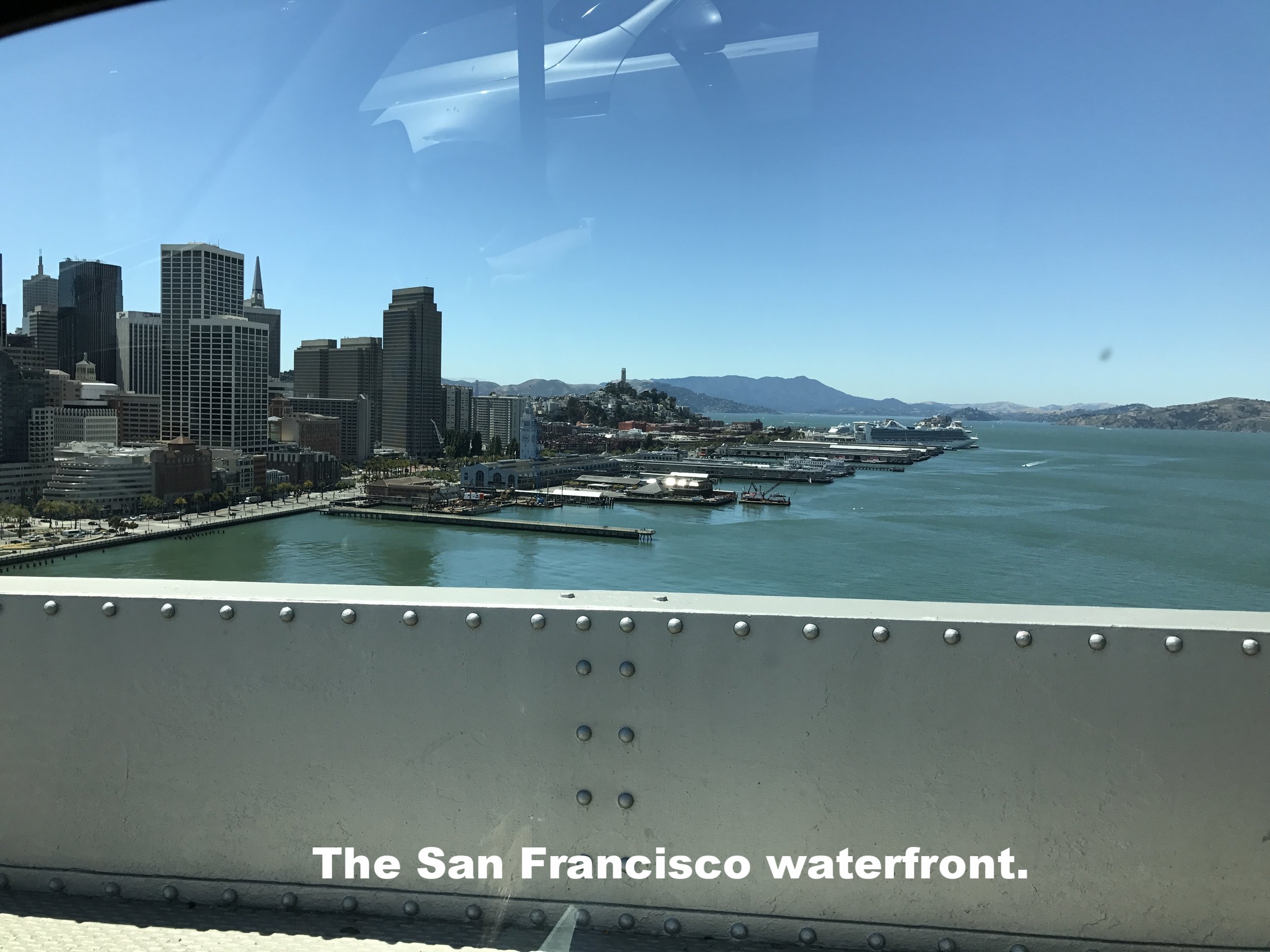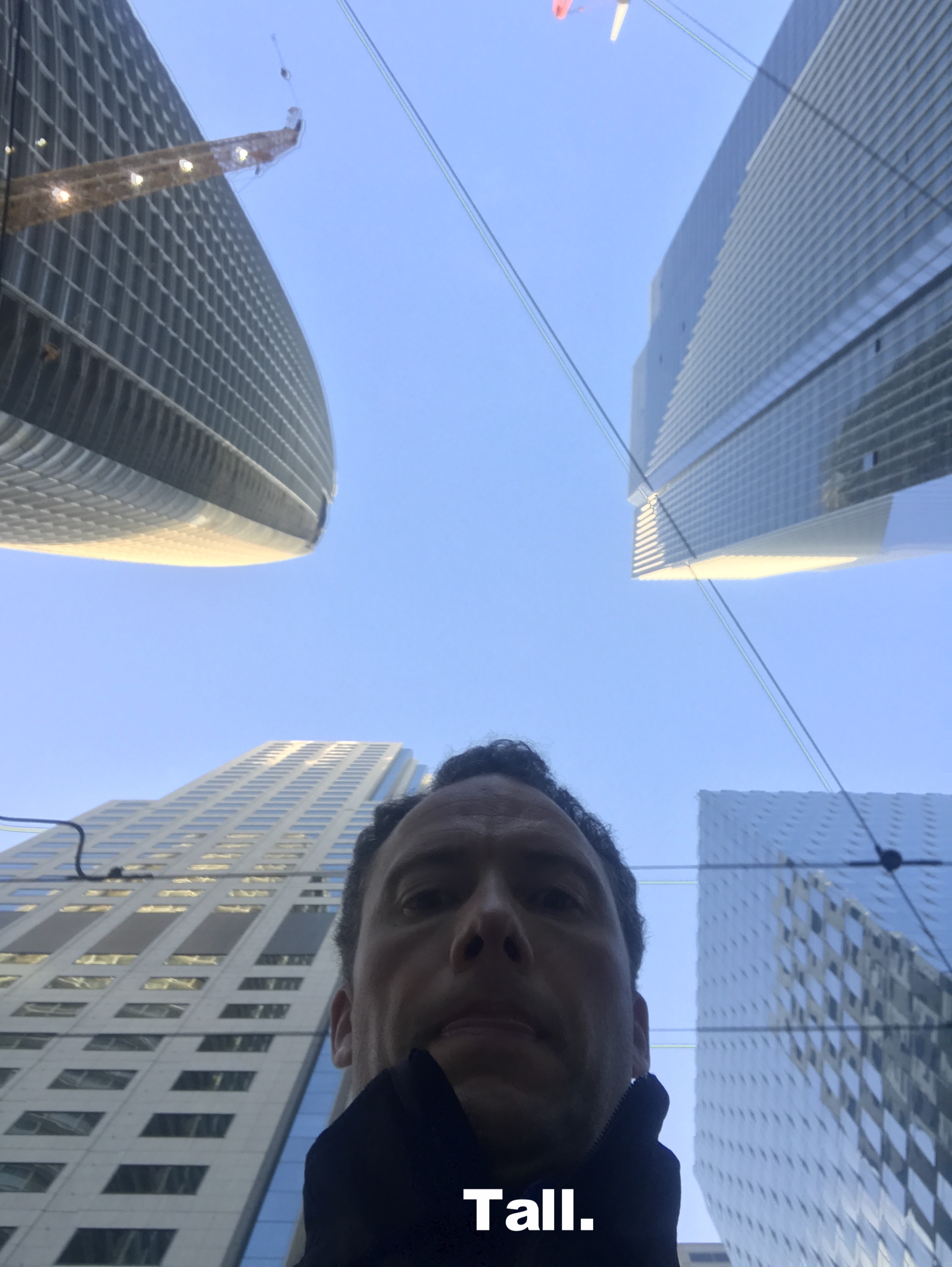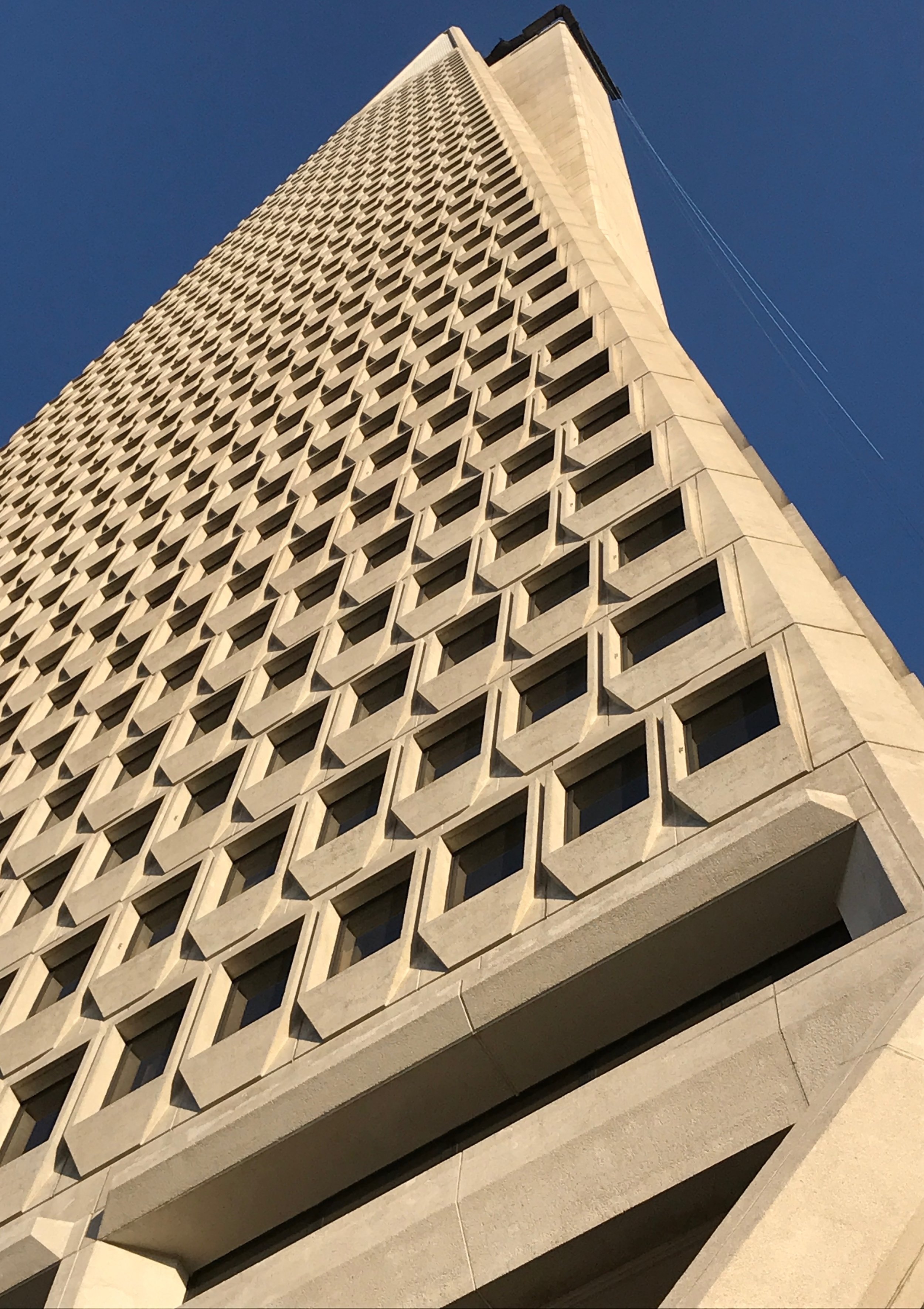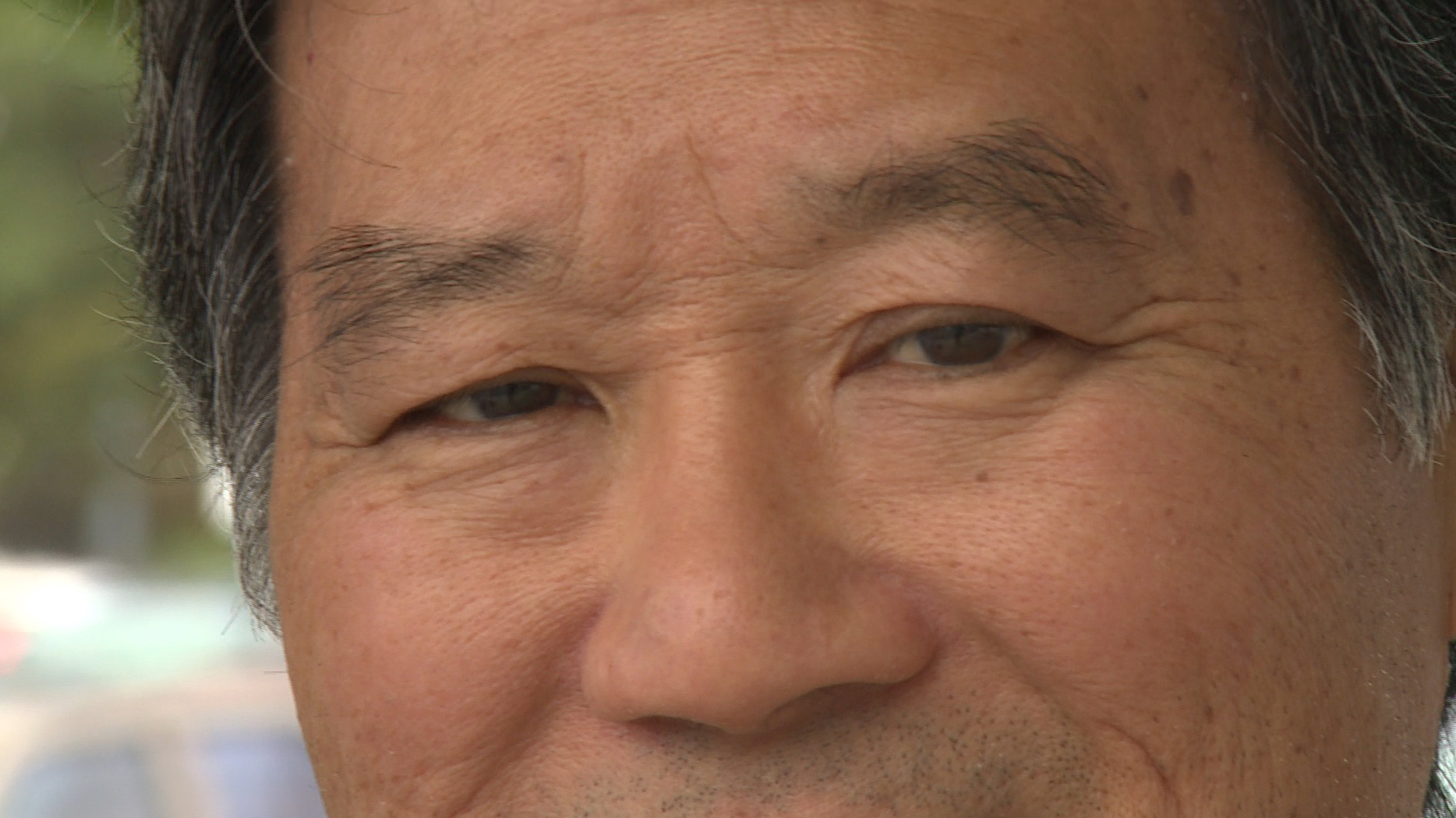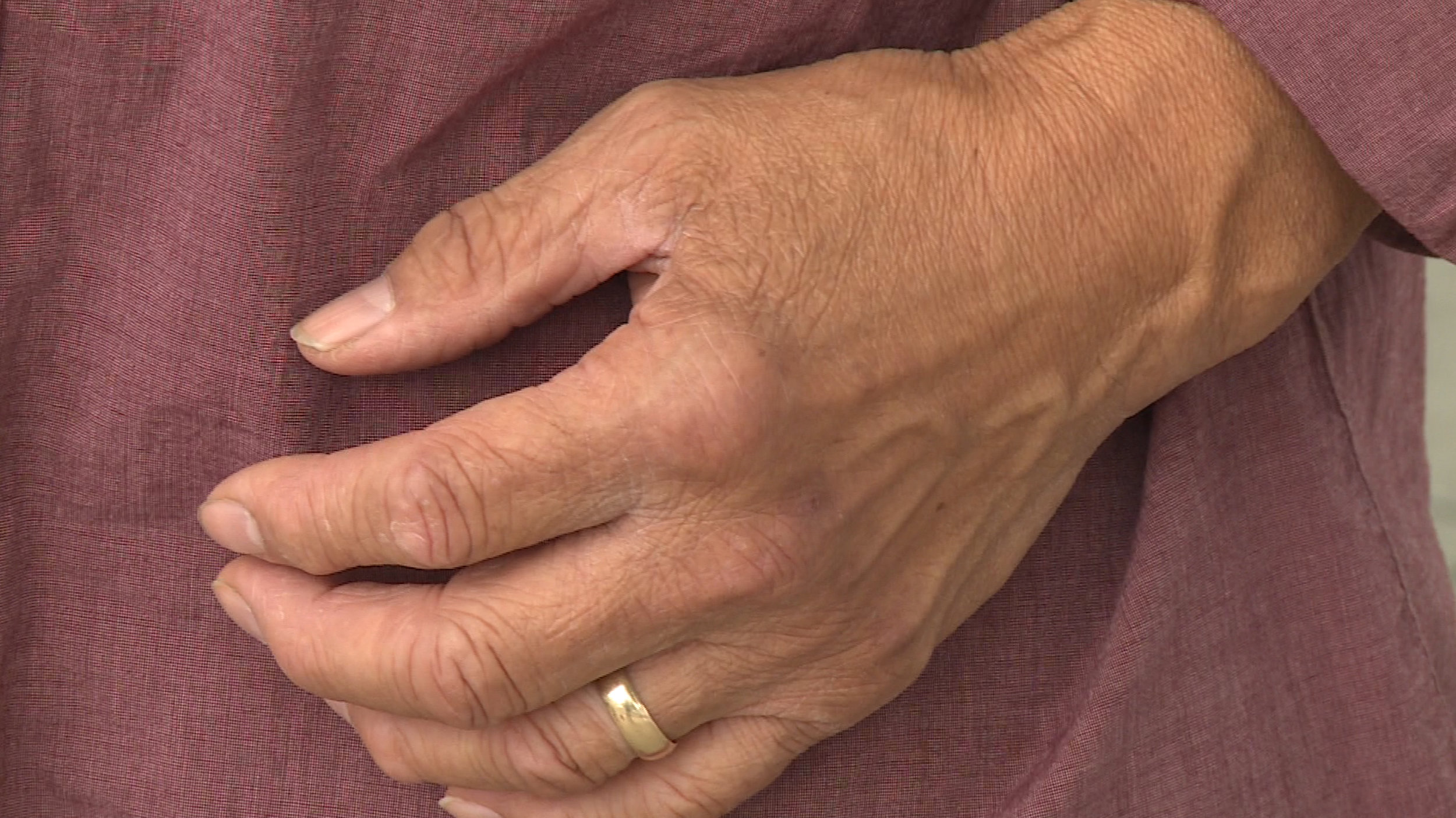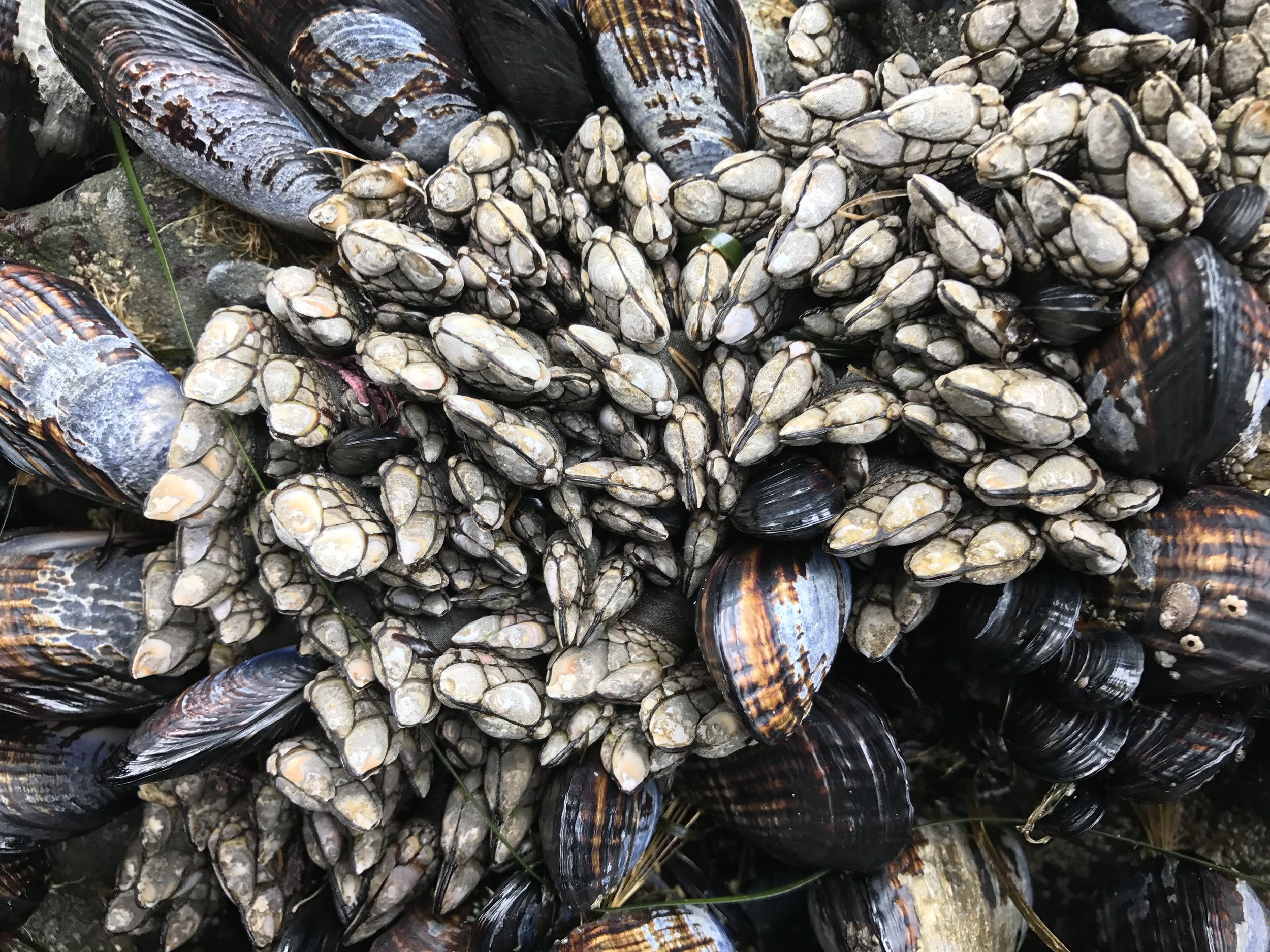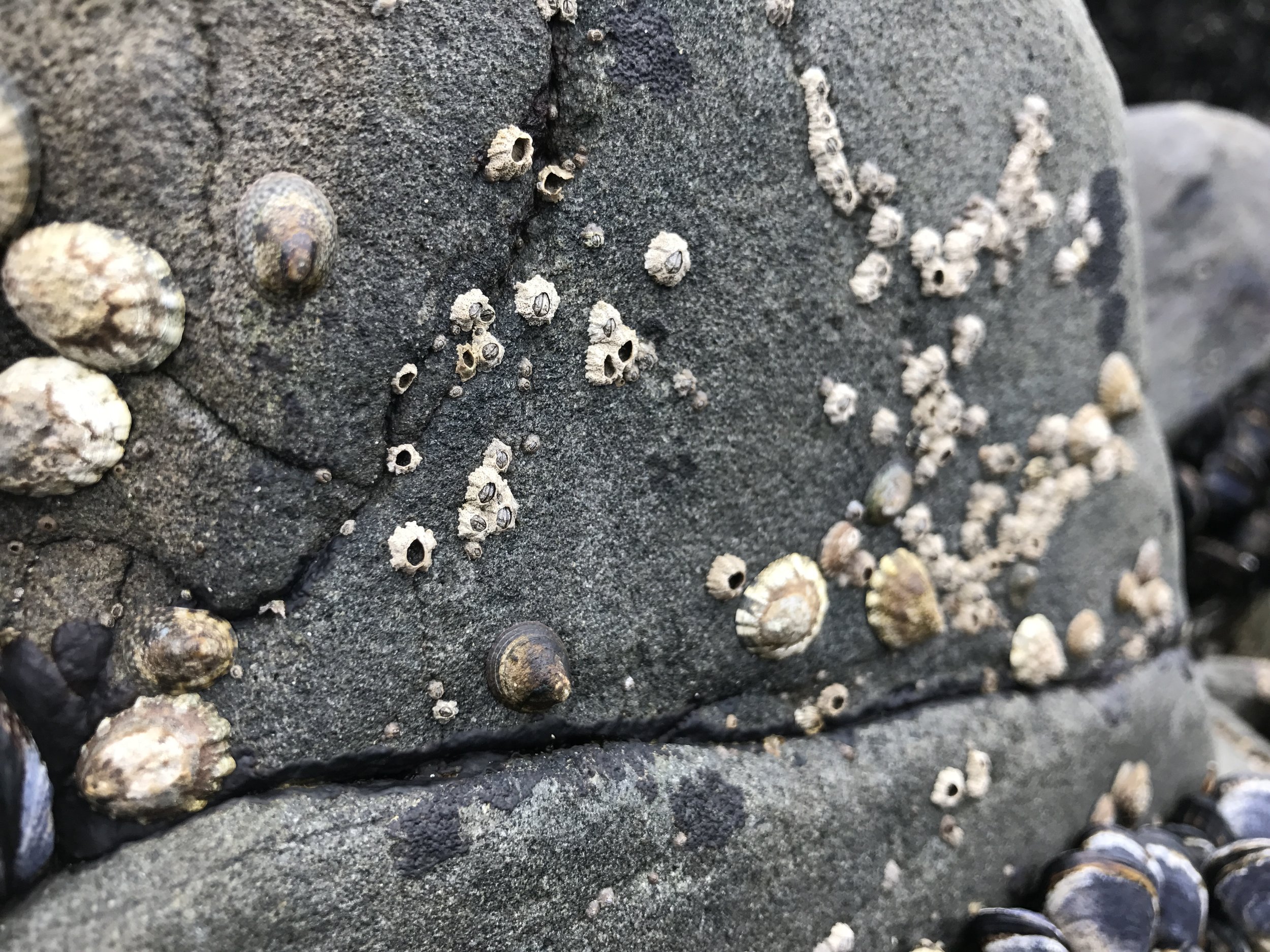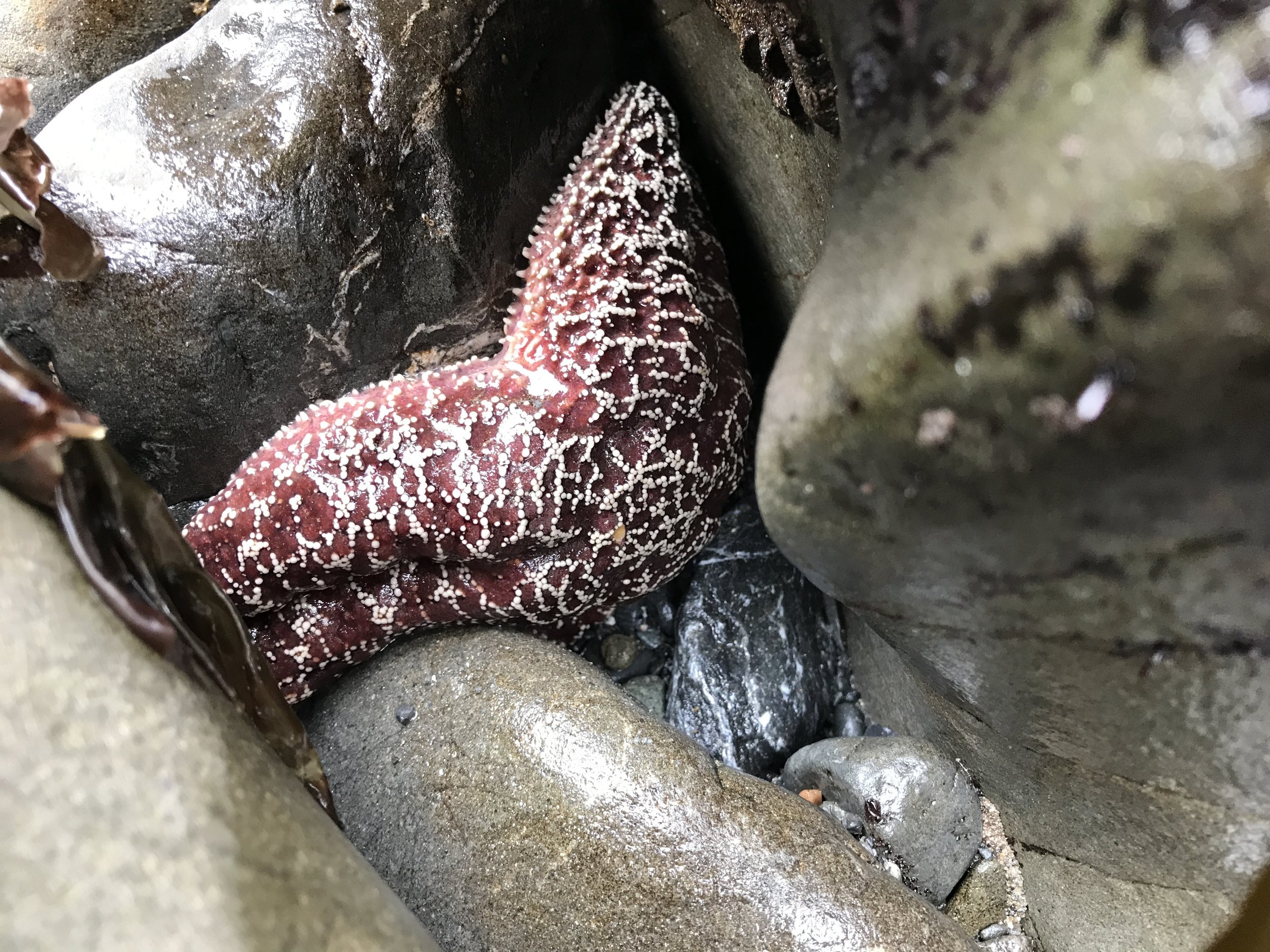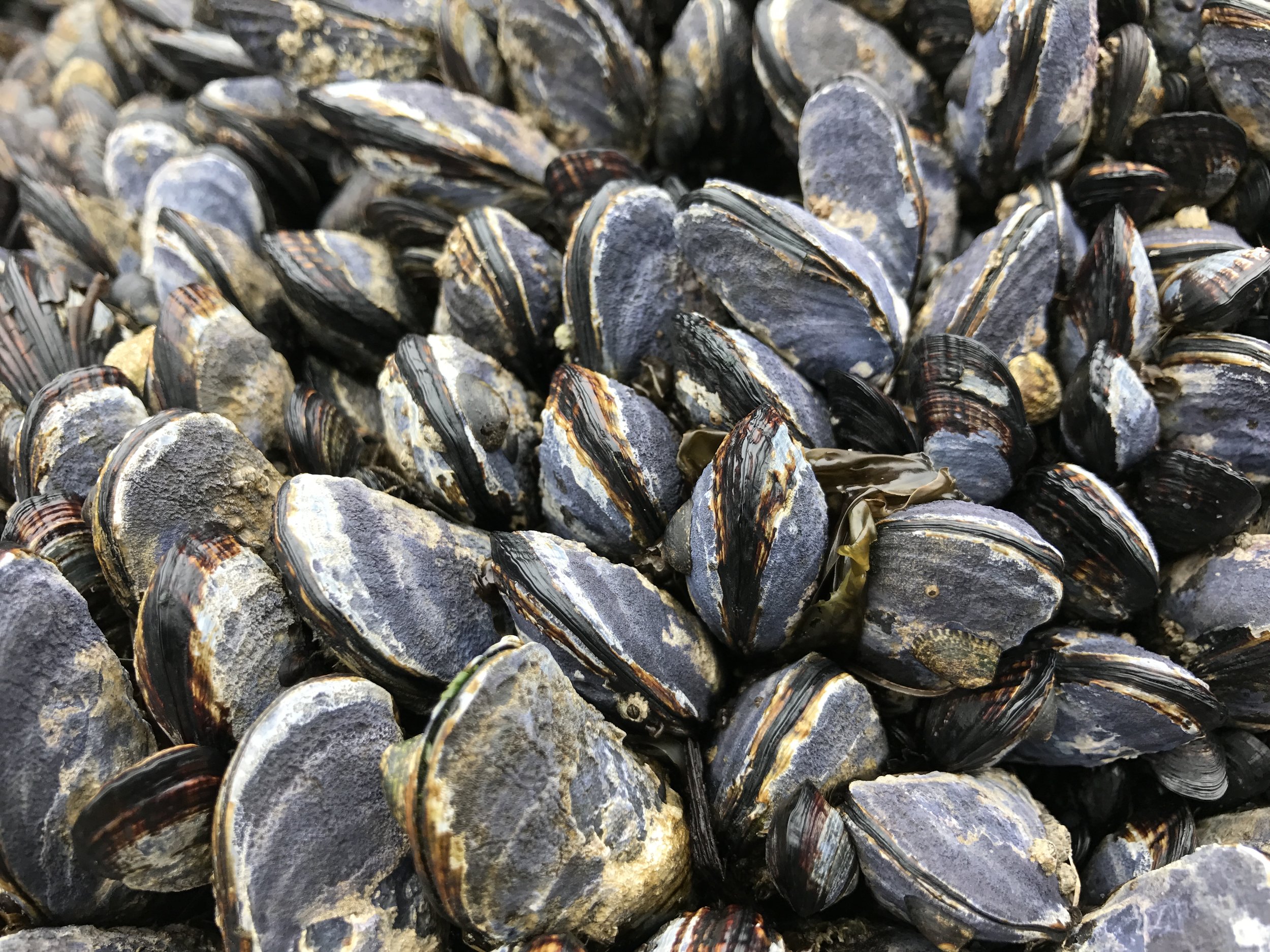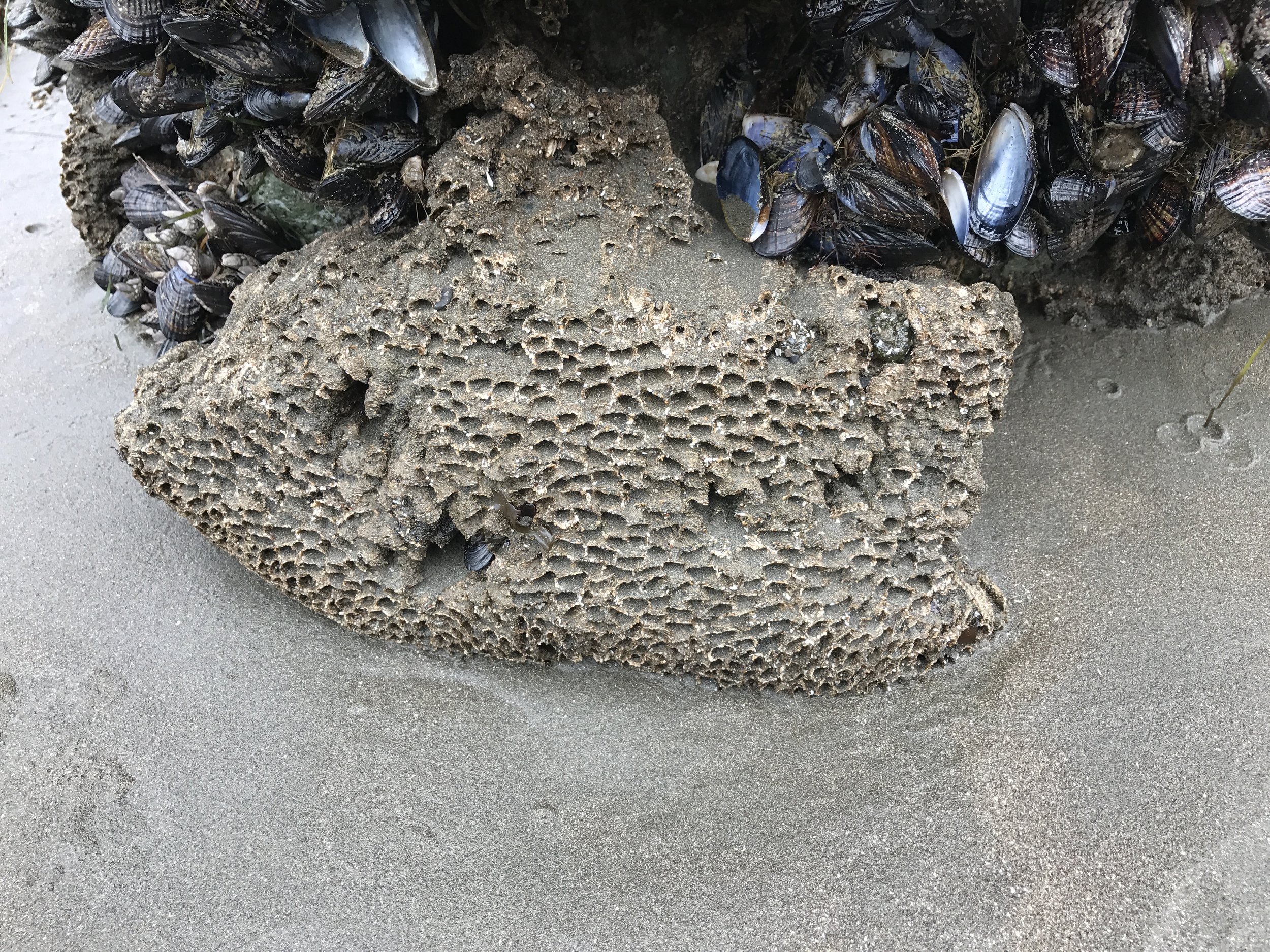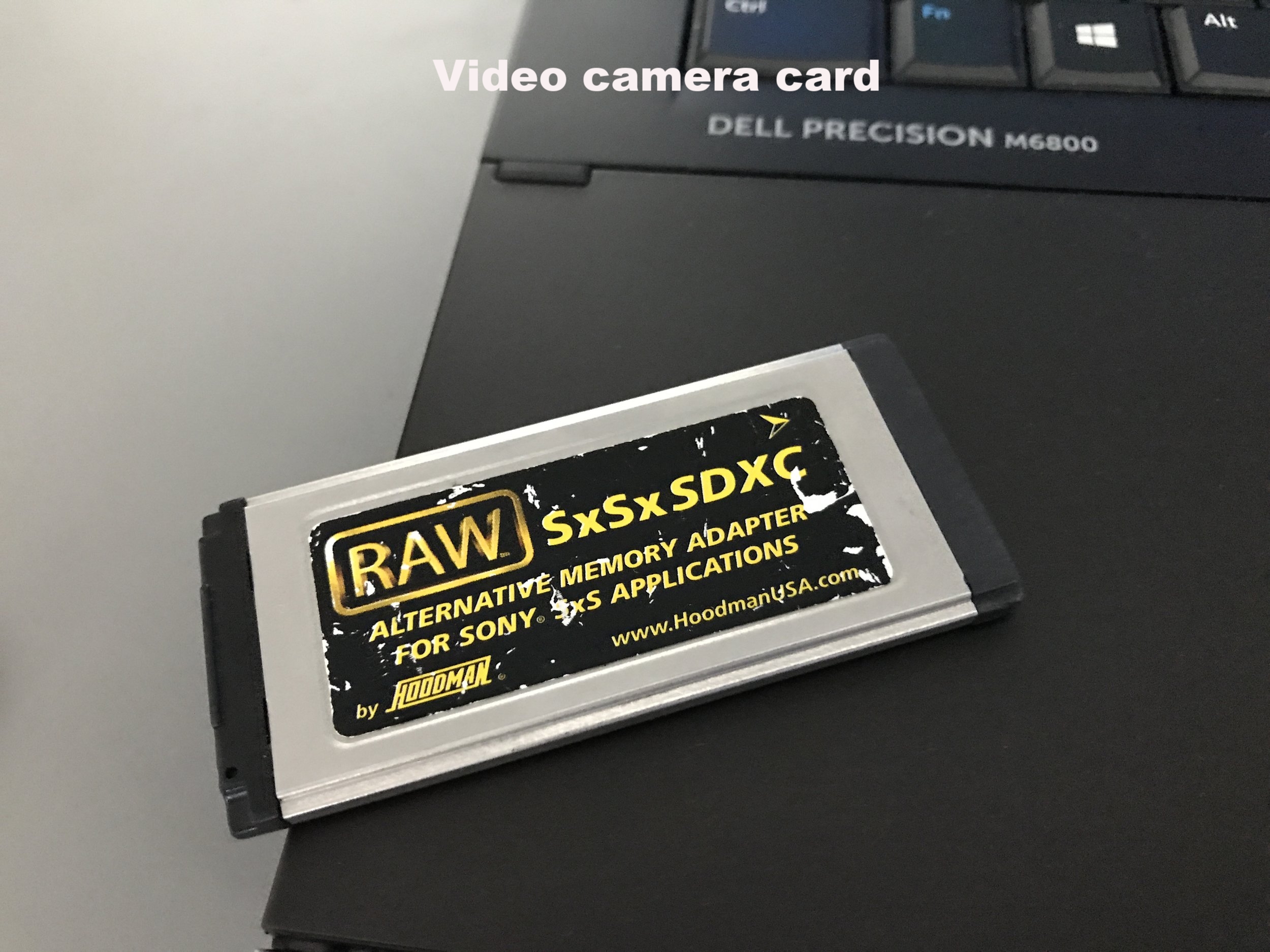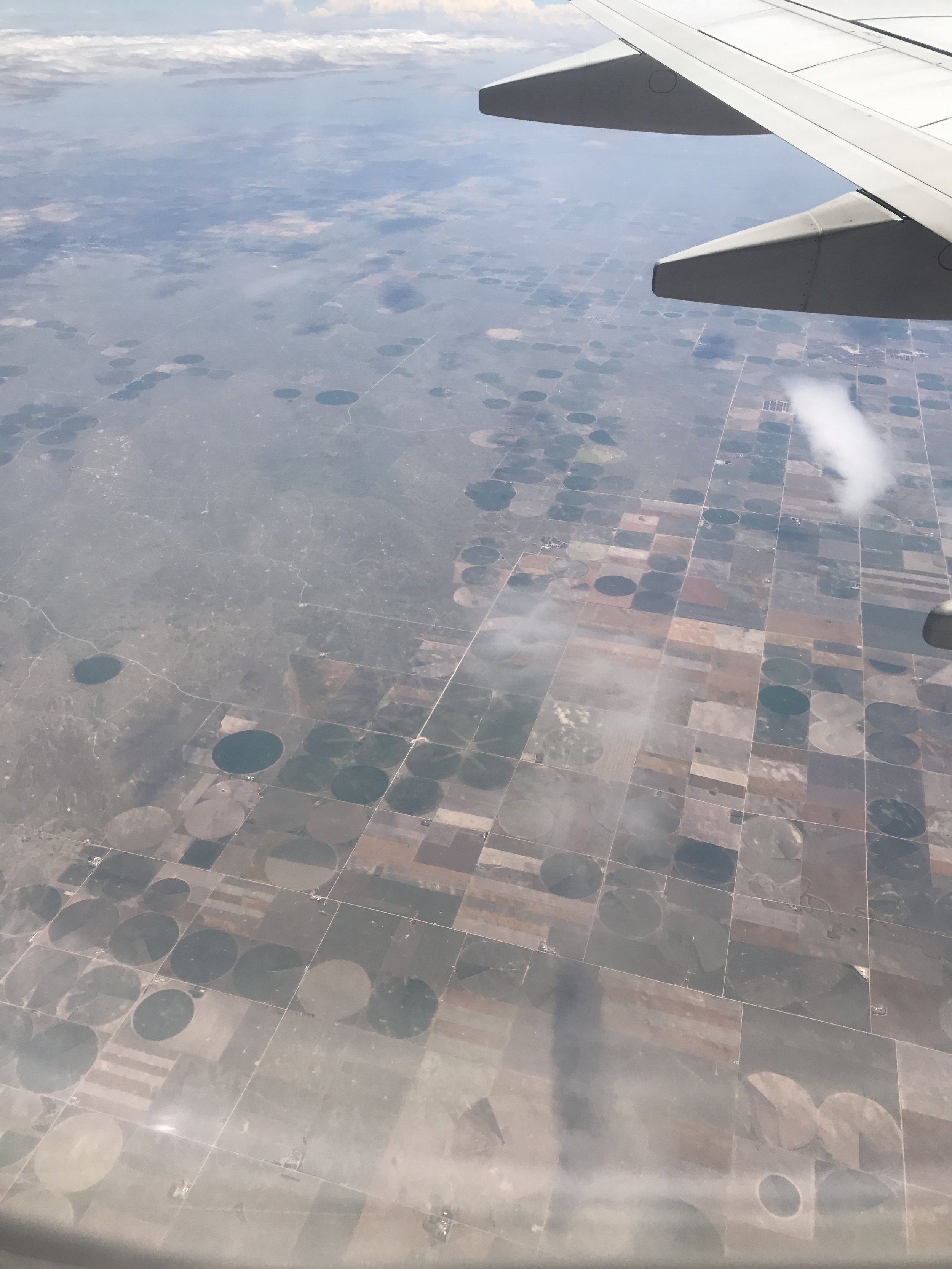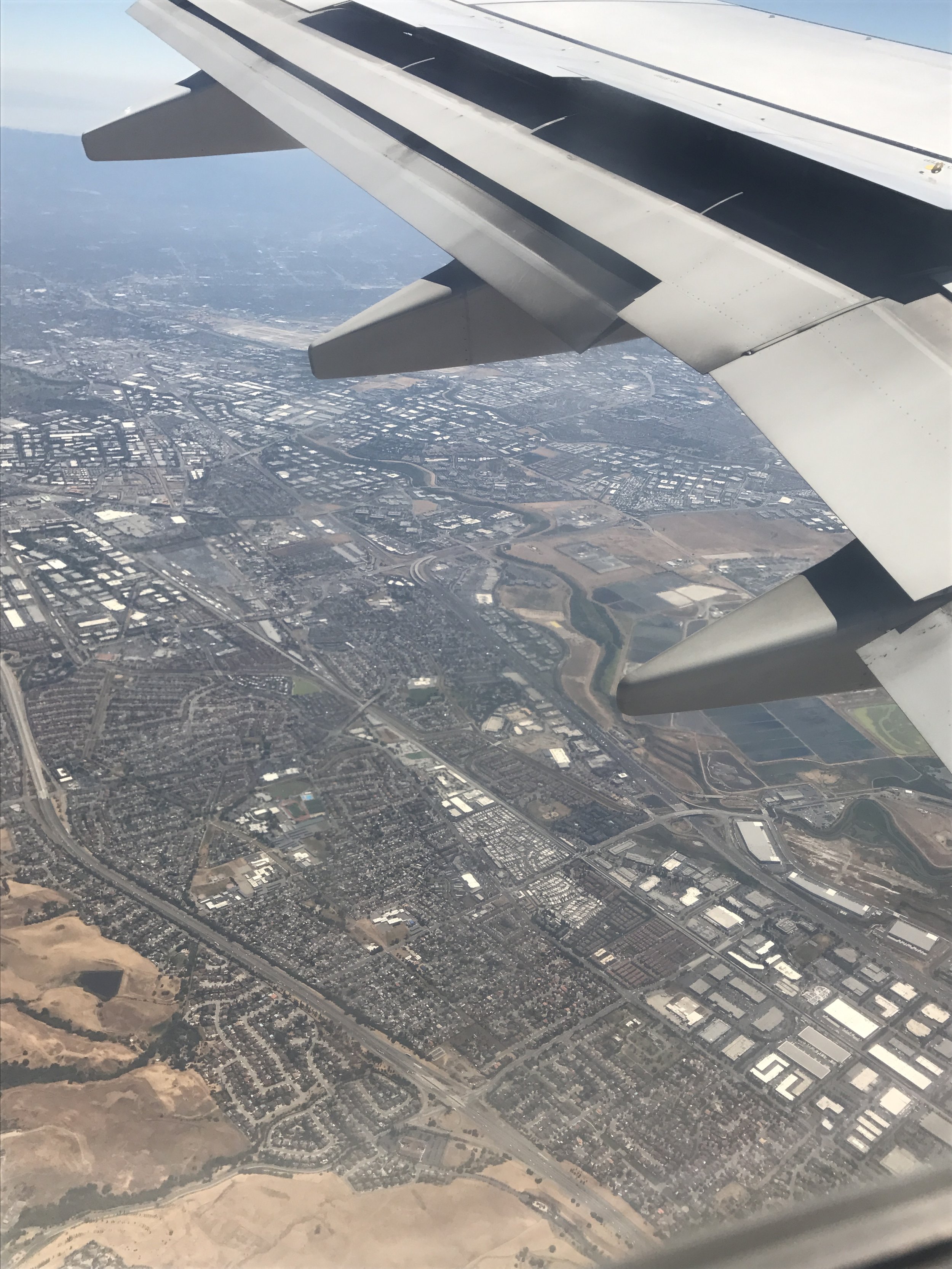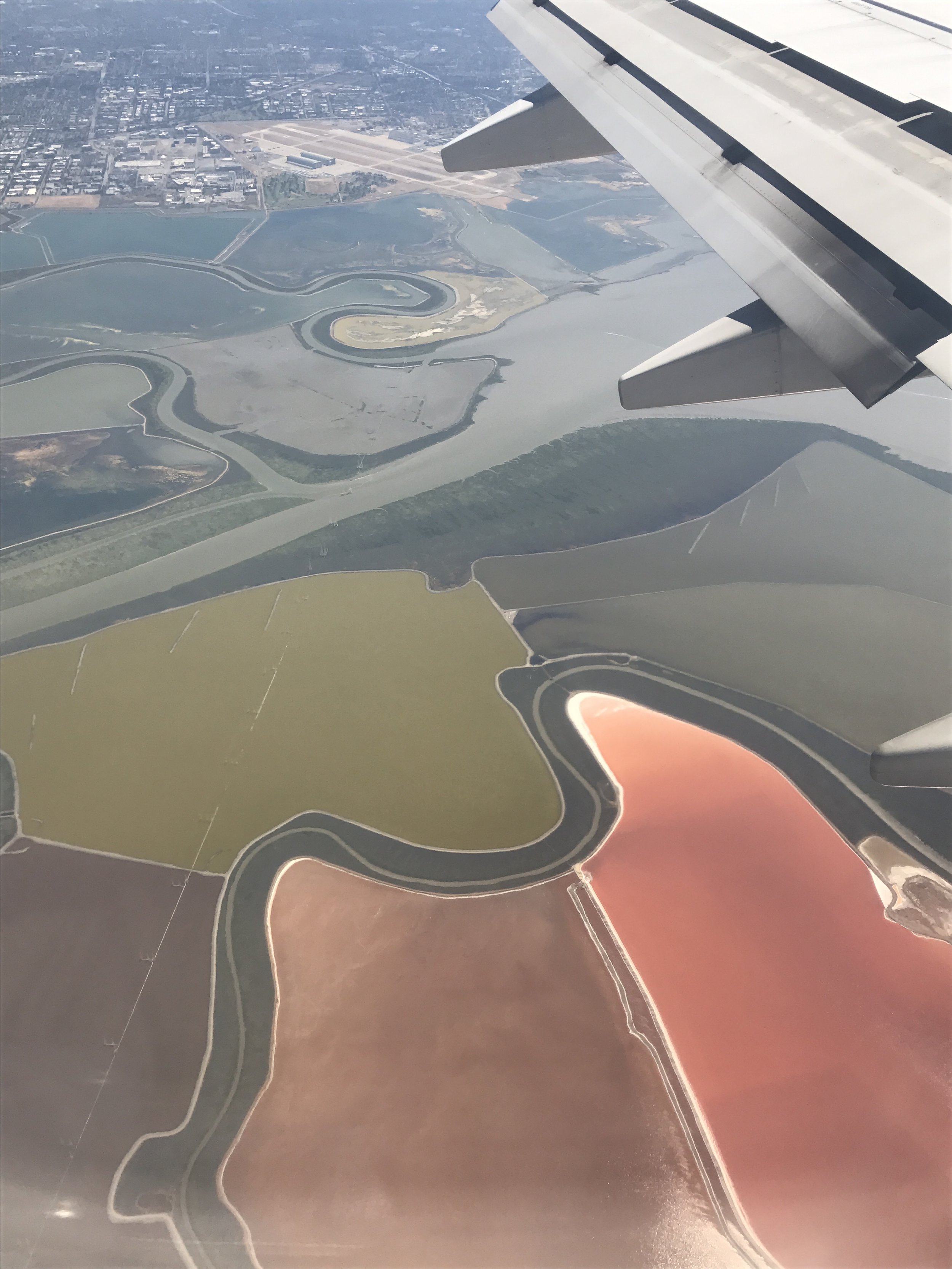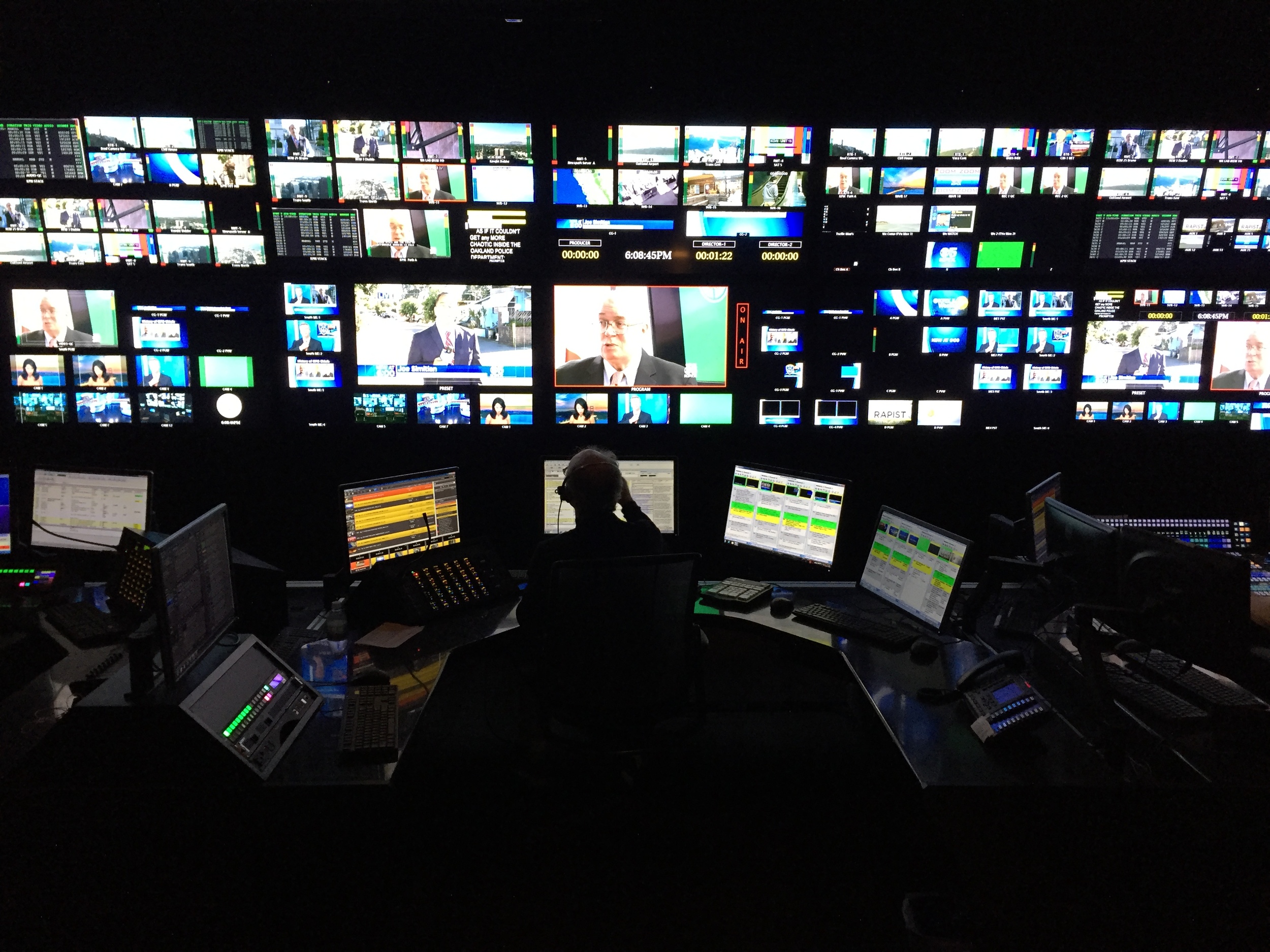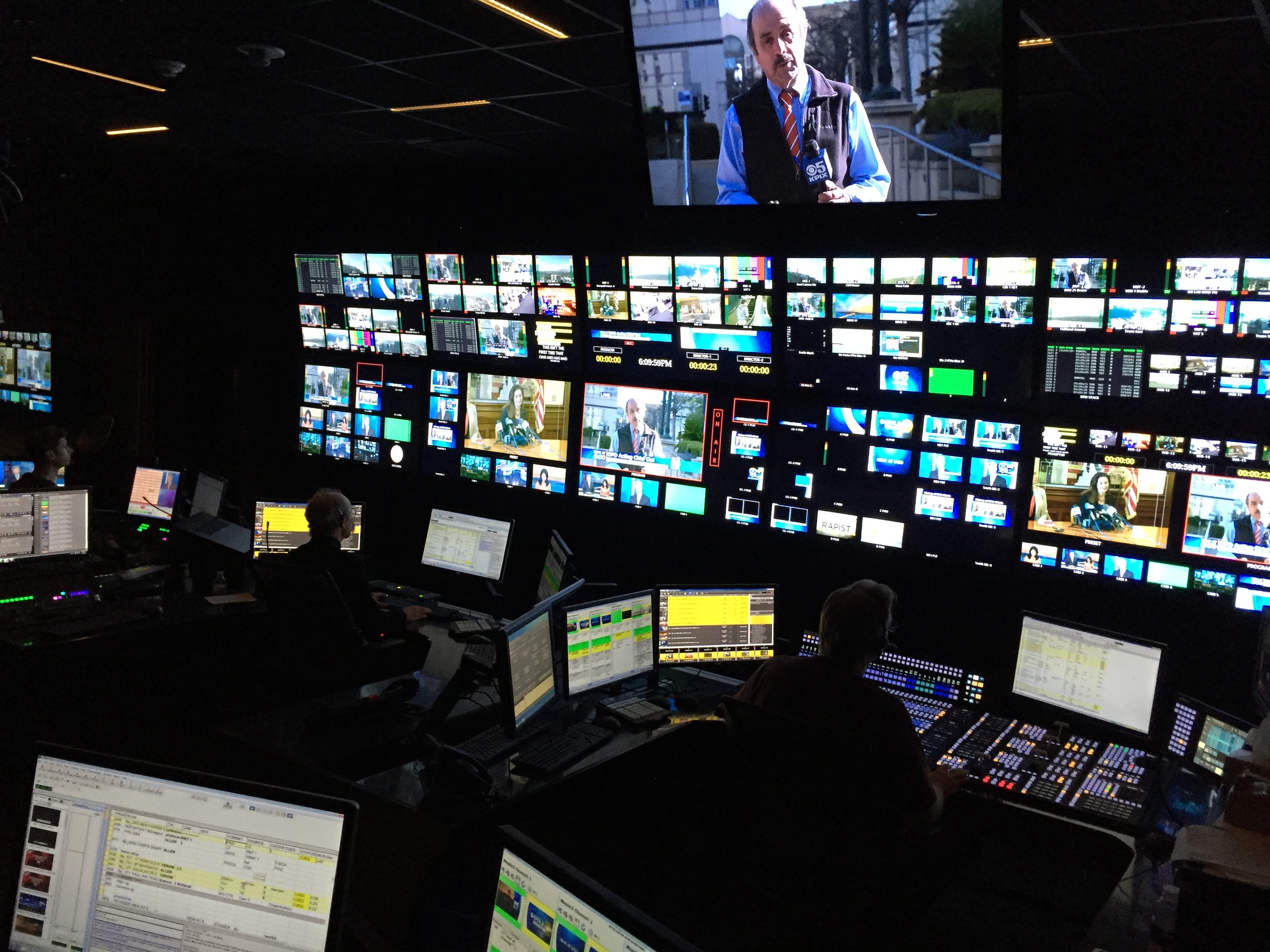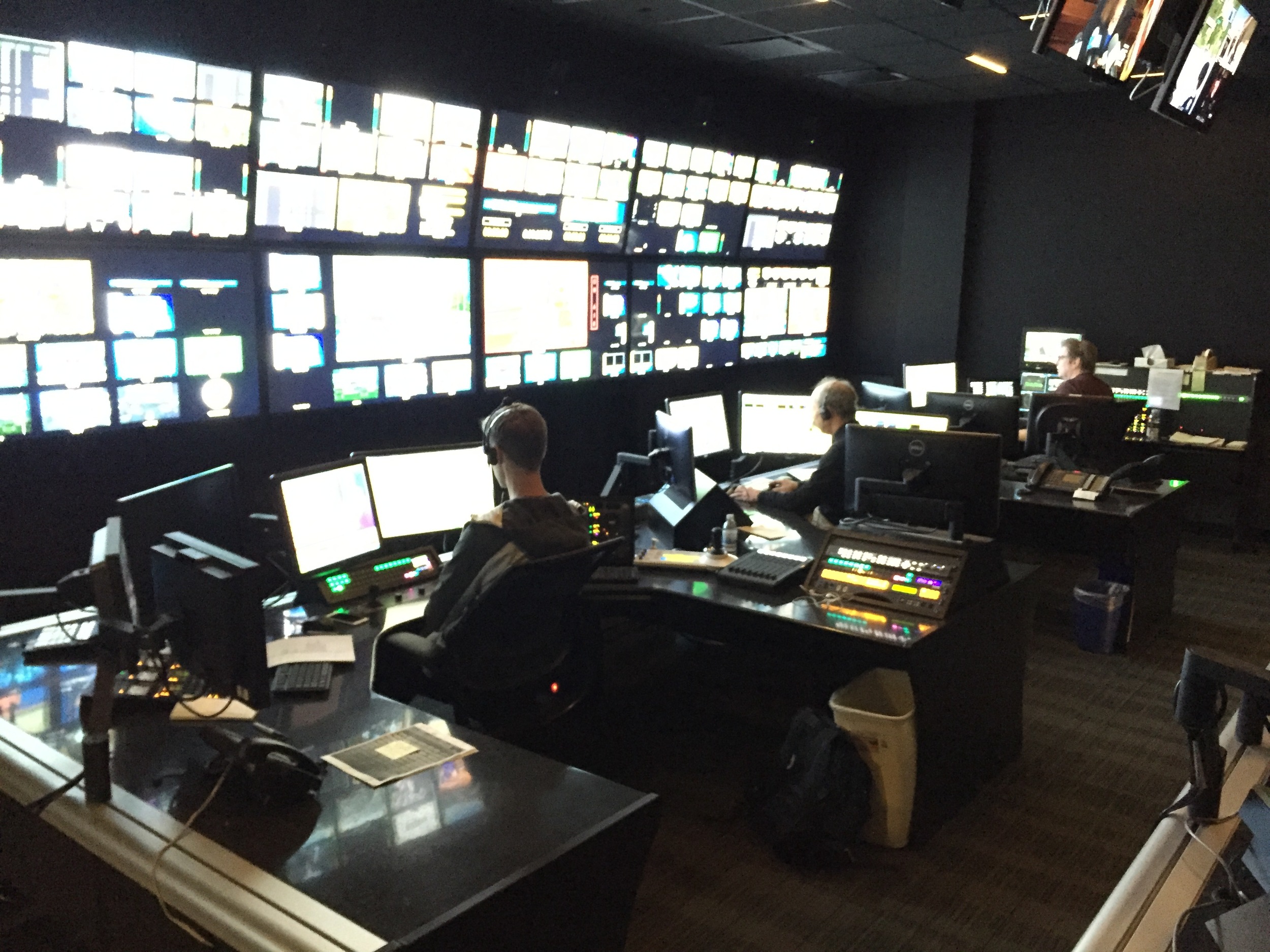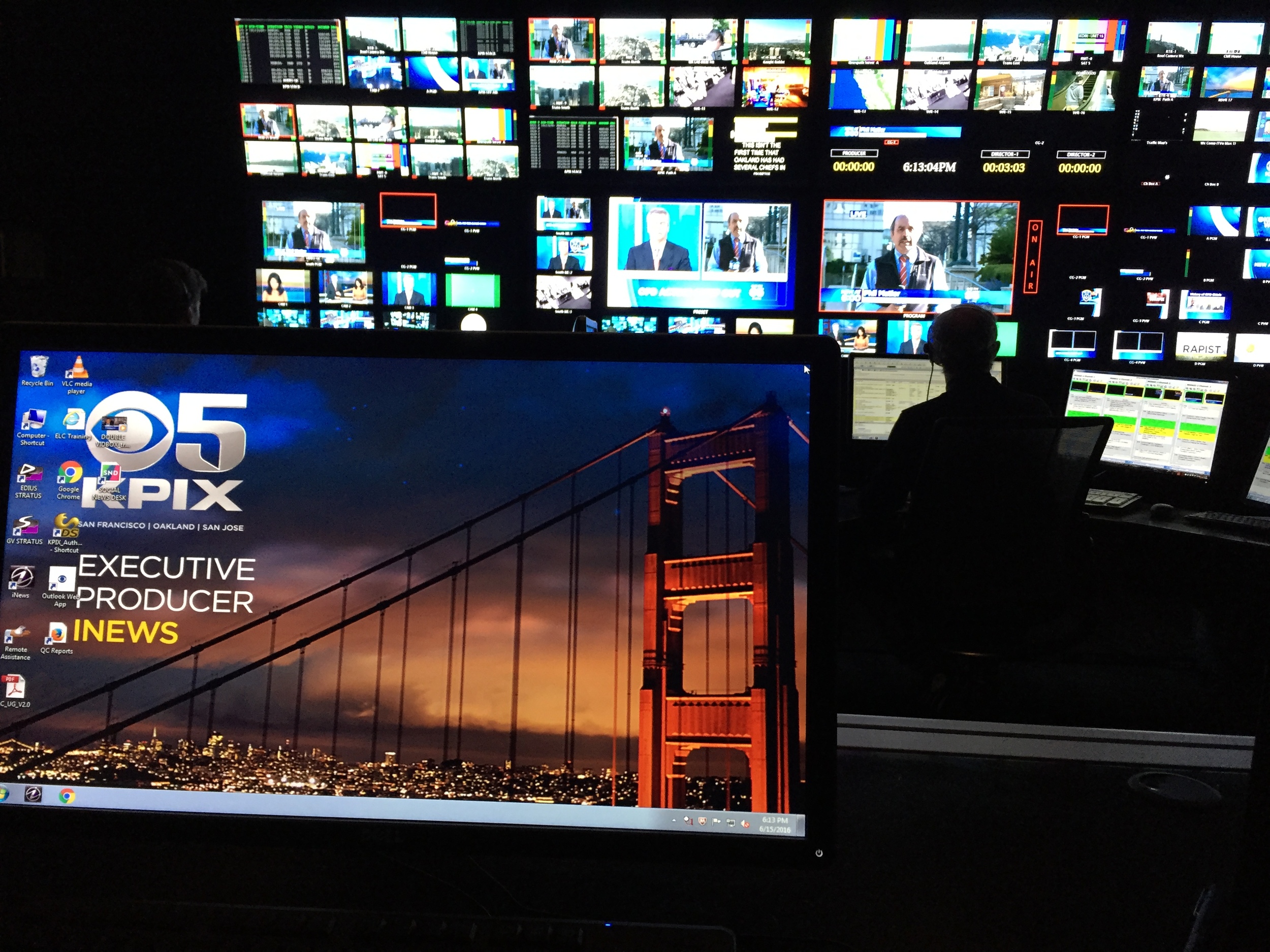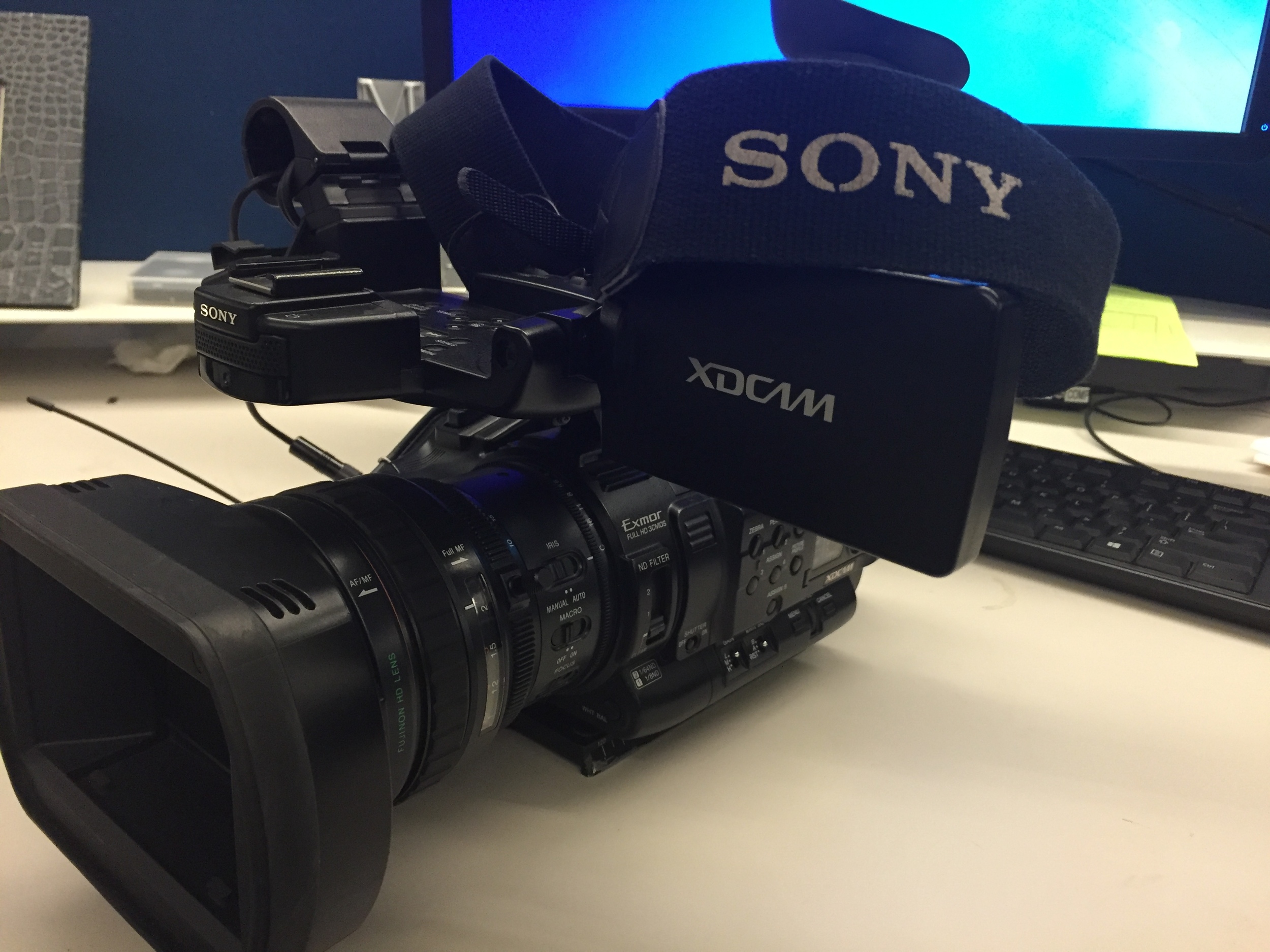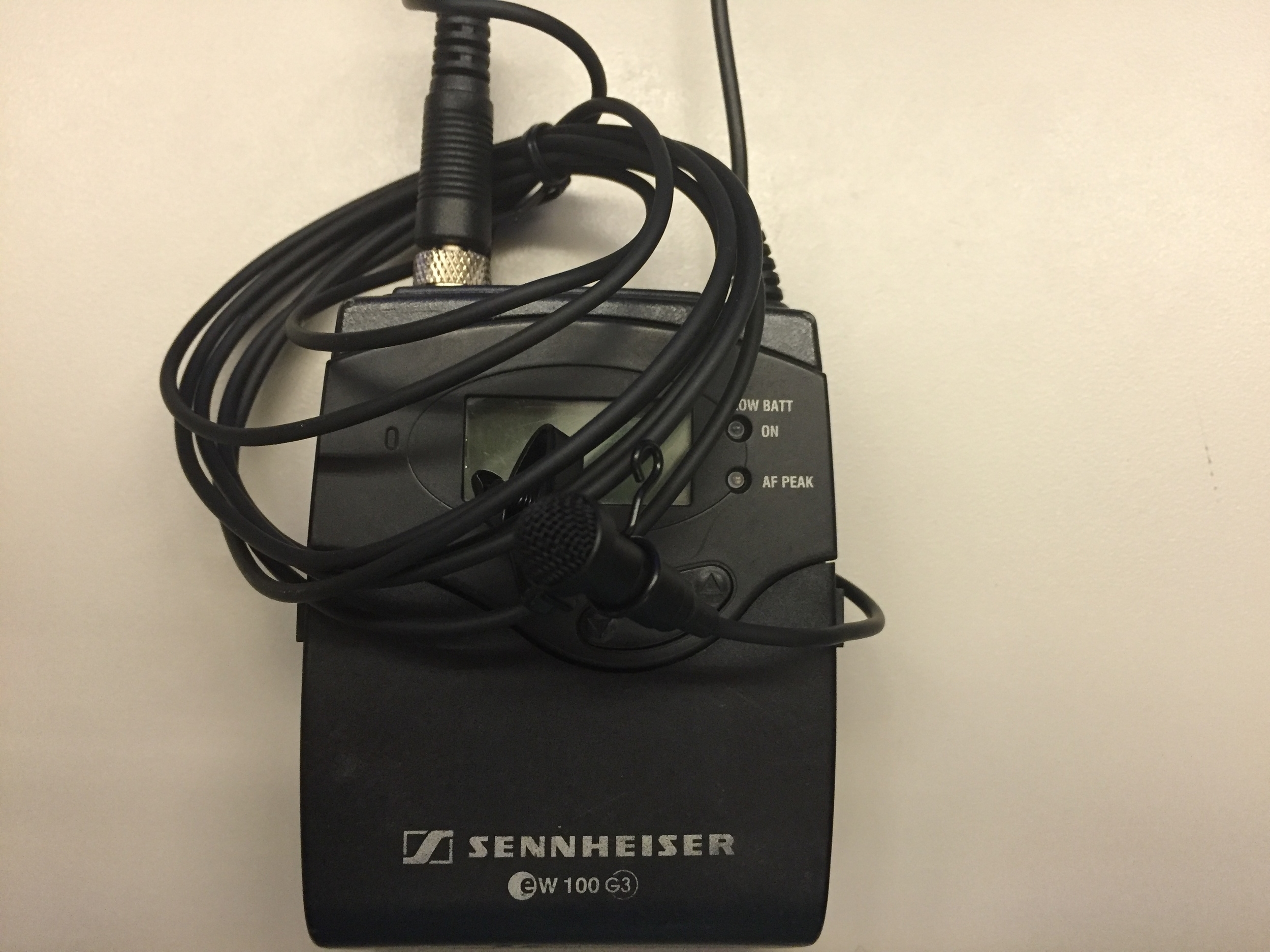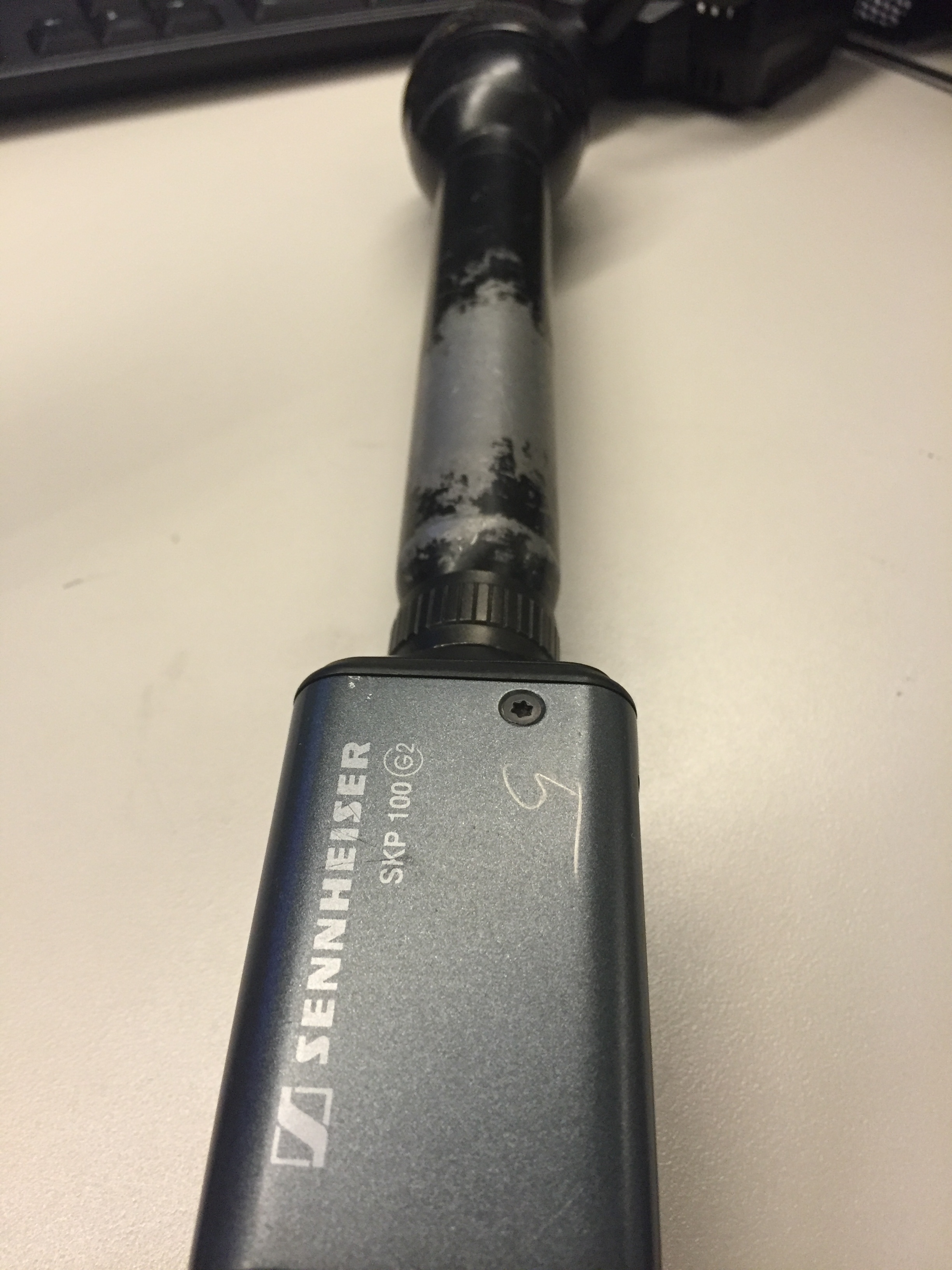Which way do I go?
Sure, it's only been a year since I was last here, but ever so slowly, it becomes more difficult to remember how to get around. This is something beginning reporters will feel when they show up in a new market. Thank goodness for Google and Apple maps.
Today's story took me to Santa Clara County, known as the South Bay. San Francisco to Campbell for interview number one and then San Jose for interview number two. This is far out of my memory zone so without the technology, there's no way I would have made it to my interviews on time and to my live shot location and deadline. The lesson to learn here is the better you know your market, the more efficient you can be in gathering the elements you need to tell your story.
One of the basic tenets of journalism is to present both sides of the story. That way you can let the viewers decide which side is making the best argument. The subject today was the crazy high housing prices in the Bay Area that force some people to live far, far away from their jobs - sometimes two hours away or more. With that kind of a commute, some bus drivers for the Santa Clara Valley Transportation Authority have decided it's easier to just stay in Santa Clara County during the week rather than drive home. Where do they stay? In RVs parked in one of the VTA's storage and maintenance yards. Yep - they'd rather live in an RV during the week than drive all that way. But after decades of this practice, the VTA now says enough is enough - it is a transit agency, not a campground operator. So there's the story - he said/she said on whether this is a good idea.
The three elements I tell my students to look for in a story are:
- So what (what difference does it make?): controversy. This story has two sides and they don't agree. That makes for a compelling story.
- Real people (who is living the story?): in this case, that would be the people who don't agree.
- Show me, don't tell me (what's the video?): the RVs parked in the yard.
Some of the video we used was shot from a drone. KPIX has about 10 FAA certified drone pilots, which means the station can fly over all kinds of scenes and capture video. Good thing we had the drone today because when we showed up on the scene, the VTA folks were not happy to see us. The security guards came out and they called the Santa Clara County Sheriff's Office, too. We had a polite police discussion about where the public property ended (where we as journalists are allowed to be) and where the private property began (where we as journalists are not allowed to be). In the end, no big deal, but another good lesson for beginning reporters - know your rights and what's allowed and what's not. Lots of people will tell you "no" because they don't like the media around. But you have a job to do, so knowing where you can do it legally is important.
Today was my first day reporting, so I was still getting accustomed to all the equipment. There's just so much stuff to keep track of. One way to do that is to be super compulsive about putting things away in the same place every single day. This allows your brain to go on auto-pilot when you need something - it's right where you left it yesterday and last week and last month. You don't want to be searching for a battery or microphone on deadline.
KPIX videographer Chris MIstrot following the rule of "know where your stuff is."
Chris has a lot of stuff, but only because he uses it. Below is a photo of the effort he put into setting up the live shot to make the reporter look good. Not all beginning reporters will have the luxury of working with a videographer who has this skill and is willing to use all this equipment - but it's something to look forward to later on in one's career.
Takeaways:
- Learn your geography. Technology can help. The faster you move, the more time you have before deadline.
- Get both sides of the story. It's only fair.
- Know where you are allowed to work as a journalist.
- Put your stuff away, the same way, every time.
